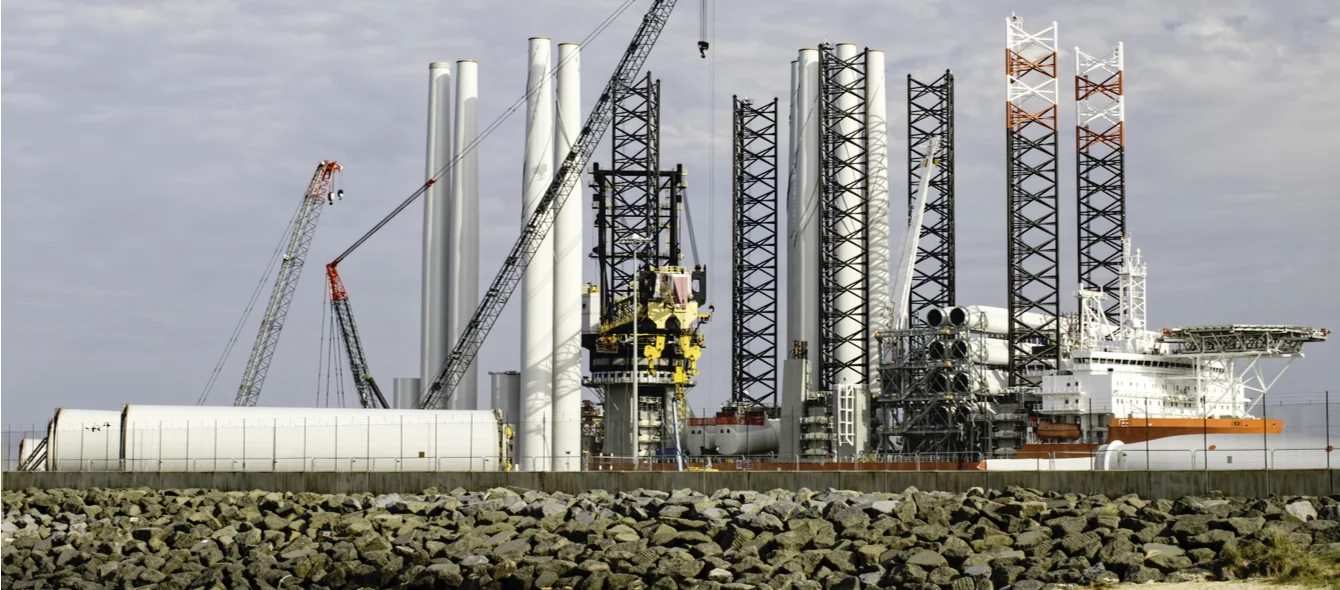It has been a year of records for the UK electricity system. In May, it ran without coal-fired power for a fortnight for the first time since the industrial revolution. System operator National Grid then predicted another first — that 2019 would see more electricity generated from low carbon sources than from fossil fuels.
In December, it was the wind sector’s turn to take centre stage. As Storm Atiyah blustered over the British Isles, a new record for wind generation was reached; 16,162 MW at 5pm on Sunday December 8, equivalent to 44% of national demand.
These records are hard evidence that the UK electricity system is changing, and with ambitious decarbonisation goals having been adopted by government, can the day be far off when the system relies, if only for a short period, on 100% zero carbon resources for the very first time?
New milestone on the horizon
Given plans to expand renewable energy capacity, this day will almost certainly be reached. To get there, two basic components are required — low demand and high renewable energy output.
Electricity demand is typically lower in summer, overnight and at weekends rather than in the winter, daytime or week. So this might point to a sunny, but windy, summer weekend. However, the wind is generally much stronger in winter than summer.
Moreover, the growing role of offshore wind in the generation mix, means, as with Storm Atiyah, that it will more than likely be a windy weekend in winter that produces the record, when the UK’s offshore wind farms are close to their maximum capacity.
The UK’s peak electricity demand is between 50-55 GW in winter, but at times of low demand, it can drop below 25 GW.
In the early morning prior to the December 8 wind record, renewable energy was supplying more than half of demand, according to National Grid data, about 10 GW from wind, 2.5 GW from biomass and 0.5 GW from hydro power.
Moving target
But looking forward, reaching that zero carbon moment depends on both the pace of new renewable energy capacity construction and the evolution of electricity demand.
Both peak and baseload electricity demand are expected to rise as decarbonization efforts accelerate. The reason for this is that reducing greenhouse gas emissions from heating and from transportation means switching from gas-fired heating to electricity or renewable heating, and from gasoline and diesel-fuelled engines to electric cars.
In its annual Future Energy Scenarios report, published in July, National Grid suggested that peak electricity demand could rise by as much as 8 GW by 2030 as a result of increased electric car use. As many people will charge their vehicles overnight, this will also impact baseload power requirements.
Construction pipeline
The UK currently has about 20 GW of wind capacity, of which about 8 GW is offshore. The government wants offshore wind capacity to reach 40 GW by 2030, while onshore wind construction has slowed. As a result, it is offshore wind which is likely to take the UK to its first 100% renewable record, with solar playing only a bit part given the likelihood the record will occur on a windy winter weekend night.
| Wind farm | Expected online date | Additional capacity (GW) | Cumulative capacity (GW) |
|---|---|---|---|
| Beatrice | 2019 | 0.588 | 8.771 |
| East Anglia 1, Hornsea 1 | 2020 | 1.932 | 10.703 |
| Triton Knoll | 2021 | 0.86 | 11.563 |
| Moray East, Hornsea 2 | 2022 | 2.336 | 13.899 |
| Neart na Gaoithe | 2023 | 0.448 | 14.347 |
| Cr. Beck A Dogger Bank | 2024 | 1.2 | 15.547 |
| Cr. Beck B Dogger Bank, Dogger Bank Teeside A, Seagreen | 2025 | 3.475 | 19.022 |
| Sofia | 2026 | 1.4 | 20.422 |
Generation from biomass will play an important role, however, having been on a rising trend over the last decade of more than 14% a year in terms of power generated.
Based on these trends – rising biomass generation, increased offshore wind capacity and electric car use loaded more towards the end of the forecast period — around 7-8 GW of new offshore wind will be required to get that first 100% zero carbon moment.
The construction pipeline suggests the record will be broken well before 2030. Next year should see the 1.2 GW Hornsea One and the 714 MW East Anglia One offshore wind farms both come online. These will be followed by Triton Knoll in 2021 and Moray East and Hornsea 2 in 2022.
With the addition of Neart na Gaoithe and the Cryeck Beck A Dogger Bank in 2024, the UK will finally be in range of zero carbon electricity, perhaps in time for Christmas 2025. It will be an important step in the progression to a fully decarbonised system and a major milestone for a G7 economy.
